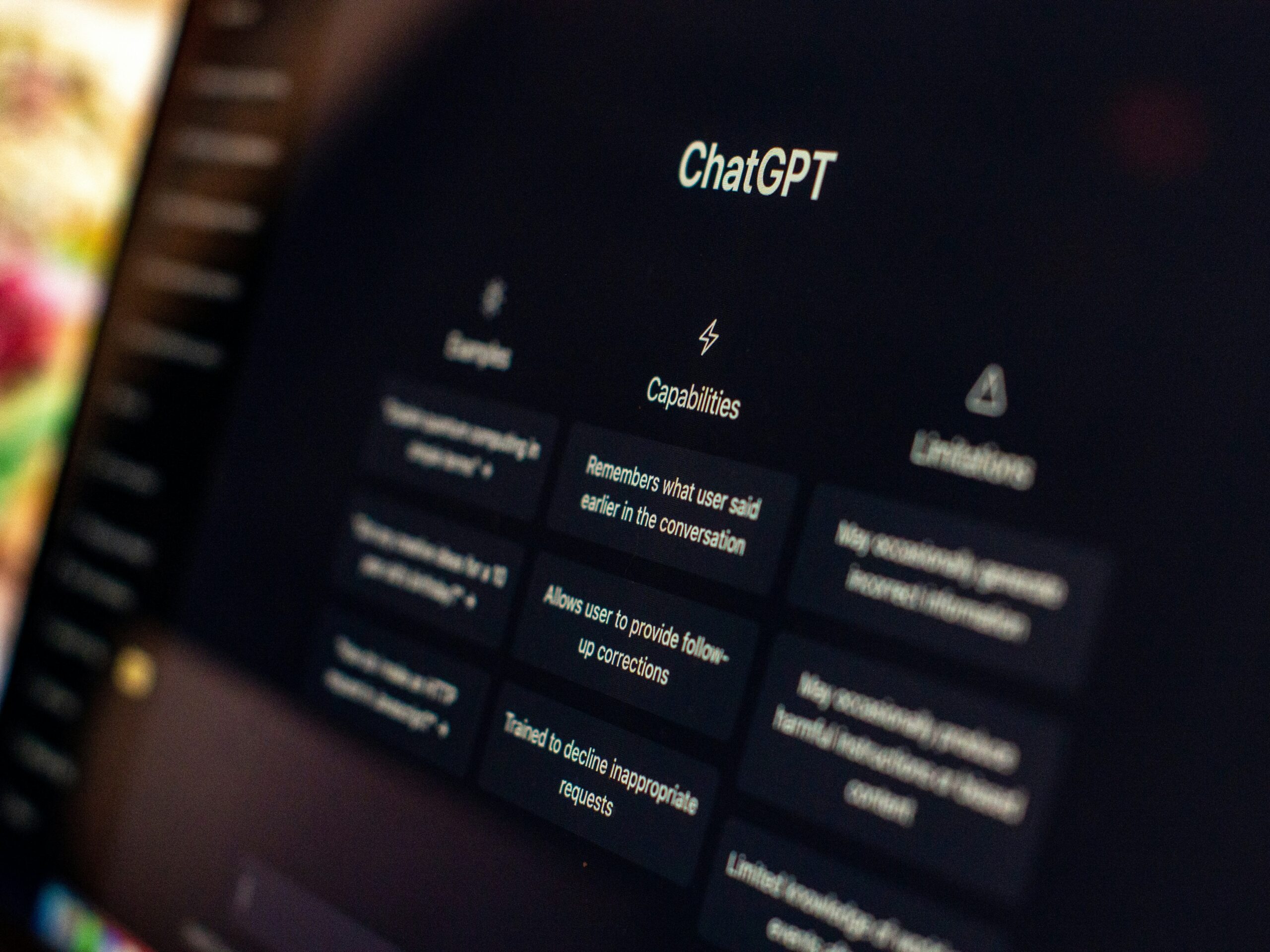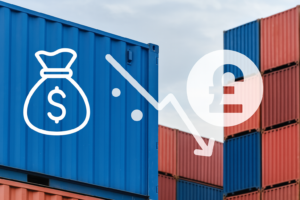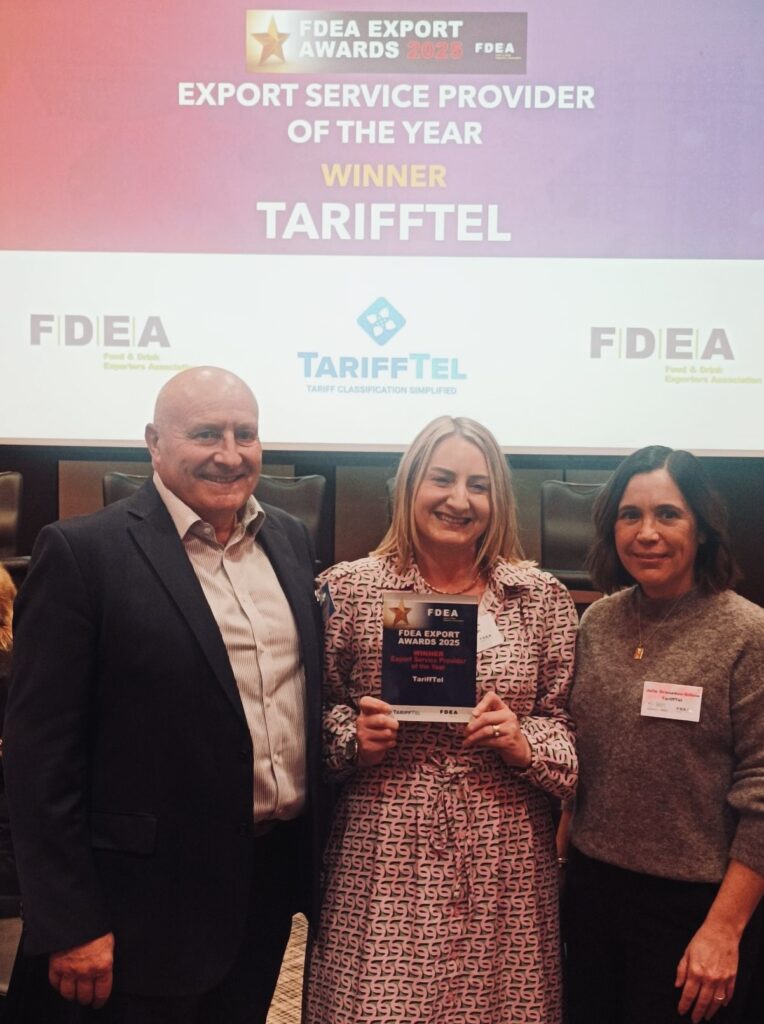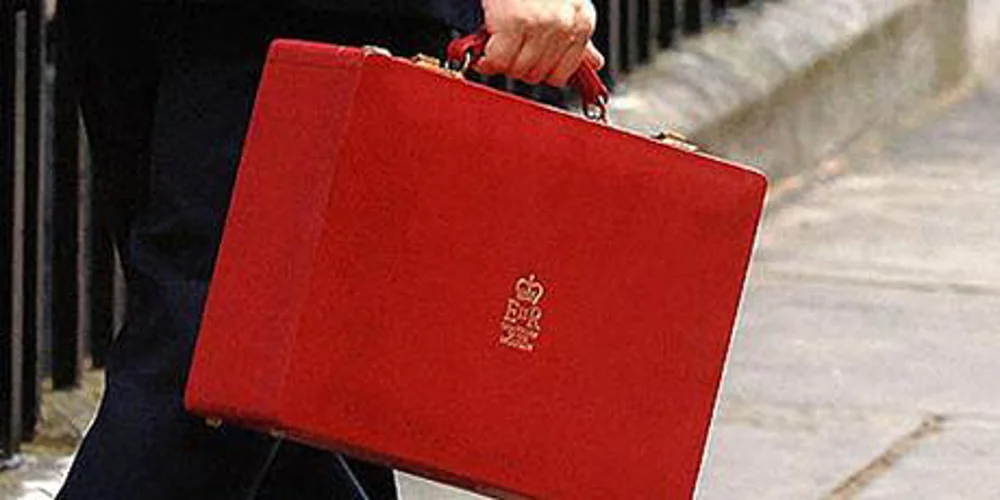Can ChatGPT give you an accurate tariff code? (and what to do instead)
Topics

You may be inclined to think that sourcing the correct tariff code for a product is as simple as asking ChatGPT. If you are seeking speed, convenience and cost savings, then it’s certainly tempting to think that easily accessible AI tools like ChatGPT can give you the answer. These generative AI tools are useful for a lot of tasks, and scrape a lot of data sources, but for customs classification, they pose a serious risk.
 Complex global customs regulations, fluctuating country tariffs and constant tariff book updates from the World Customs Organisation (WCO) all add up to make classification a demanding task for any business, whatever the size. Every importer is responsible for assigning accurate commodity or tariff codes to each one of their products and failure to do so can carry heavy consequences, including financial penalties.
Complex global customs regulations, fluctuating country tariffs and constant tariff book updates from the World Customs Organisation (WCO) all add up to make classification a demanding task for any business, whatever the size. Every importer is responsible for assigning accurate commodity or tariff codes to each one of their products and failure to do so can carry heavy consequences, including financial penalties.
Our team of classification experts has been testing things out – from Custom GPTs to Claude artifacts – on a range of products from t-shirts to plant pots to machinery and the results have been consistently poor.
Should you use AI tools like ChatGPT to assign tariff codes? The overwhelming response from our team is no. Here’s why – and what your business should do instead.
The risky shortcut: How businesses get tempted by ChatGPT
If you’re a UK or EU business expanding international sales in any sector – retail, manufacturing or electronics – new products or a growing product catalogue means you need tariff codes quickly. If you don’t have customs classification software in place already, or a customs broker to advise you, you may think that looking online is a good alternative.
You ask ChatGPT for an answer:
 What’s the tariff code for a ceramic pot with drainage holes?”
What’s the tariff code for a ceramic pot with drainage holes?”
ChatGPT immediately replies:
“The tariff code is 6909.90.00”
At first glance, this seems helpful. It even provides a short description of why this code is correct – drainage holes make it functional, rather than decorative. The fact you’ve specified it is a ceramic pot means it falls in HS Chapter 69. Sounds like it’s thought about it right? But tariff classification requires far more precision than ChatGPT can reliably offer.
The actual code is 6914900090 (as long as it’s handmade and of common pottery, for those wondering)
For businesses exporting to the US, regulatory changes like the ending of the US $800 de minimis exemption illustrate just how quickly customs rules evolve. Companies shipping low-value goods without precise tariff codes now face sudden compliance demands, and a rush to classify many hundreds and thousands of products.
This change underscores the danger of relying on casual sources (like ChatGPT) when rapid compliance adjustments are required – especially in high-volume trade environments. But with de minimis ending in July 2027, business have time to prepare now and prevent potential classification bottlenecks on the horizon.
Why ChatGPT falls short for tariff classification
1. Lack of specificity and context
Tariff codes depend on detailed product descriptions and additional data such as the materials used, construction, details around use and function and even an in depth understanding of the General Rules of Interpretation (GRIs) and precedence laid out in binding rules. ChatGPT’s responses might seem accurate, but without an understanding of the rules, and knowledge of what is right or wrong, it can mislead and reinforce incorrect conclusions.
Example:
A “stainless steel kitchen knife” could fall under multiple tariff headings depending on its material and whether it is used for machine, mechanical appliances or not. ChatGPT doesn’t reliably factor in these nuances.
2. No audit trail to demonstrate compliance to HMRC or EU or US customs
Tariff classification isn’t just about assigning codes, it’s about demonstrating the reasoning behind each decision. Customs authorities across the UK (HMRC), EU (EU Customs), and US (CBP) require documentation and audit trails to justify decisions, particularly during audits or investigations. ChatGPT and other AI platforms do not perform classifications as a specialist would; they are not using the GRIs or researching rulings to justify decisions. Auditors are not going to accept “using an AI” as correct procedure for classification.
3. Outdated or incorrect information
Tariff codes frequently change due to regulatory updates, international trade agreements, or new binding rulings. ChatGPT’s training data is confined to past information, meaning it cannot reliably reflect current customs regulations. Furthermore, AI solutions are unable to access important data sources behind paywalls, such as the Explanatory Notes, arguably one of the most important tools for classification. We have also found that they are unable to access details from rulings, meaning the accuracy of the classifications are very much in doubt.
The reality of misclassification: Current data and risks
A single incorrect code can lead to significant financial and operational disruption. Recent studies highlight the concern, scale and seriousness of misclassification:
-British Chambers of Commerce (2024):
45% of UK exporters still face difficulties with customs procedures, citing incorrect commodity codes as one of the primary barriers.
-European Commission Customs Report (2024):
OLAF estimated €120 million in undutied goods (import duties alone), plus €80 million in evaded VAT, tied to misclassification and fraud in 2024
-US Customs & Border Protection (2024):
Tariff misclassification accounted for approximately $500 million in recovered duties and penalties in 2023.
What does this mean in practice for all businesses shipping internationally?
Financial penalties: Misclassification can result in substantial fines, back-duties, interest and even legal fees.
 Shipment delays: Customs authorities frequently delay or seize goods when tariff classifications are under investigation.
Shipment delays: Customs authorities frequently delay or seize goods when tariff classifications are under investigation.
Compliance investigations: Persistent errors can trigger wider audits, leading to deeper scrutiny across your business operations. Alongside this, it is the legal responsibility of the importer of record to make sure that their documentation is correct.
Reputational damage: Customs violations harm relationships with both authorities and customers, potentially limiting market access or damaging brand trust.
How do you ensure accurate tariff classification?
Accurate classification requires a compliant and consistent approach. Automation and human expertise play equally important roles in deciding on an accurate code. Here’s what we recommend.
1. Comprehensive product analysis:
Work with your suppliers to ensure that you have clearly documented product data which includes composition, intended use, ingredients (for food and drink) and detailed technical specifications. Your suppliers know your product best and should notify you when product specs may change – the slightest change may mean a tariff code adjustment.
2. Use official tariff references:
Make sure that you use the Tariff book for the region you are importing into. For example, the UK Global Tariff for import into the UK and HTSUS for the United States. Be sure to check binding rulings for the country as well (e.g. ATR for UK, CROSS for the US) and be aware that a ruling in one region is not applicable for another. Finally, read the Chapter and Section notes when you are selecting your tariff code, as these are the legally binding rules which you are required to follow.
3. Utilise specialised classification software:
Solutions like TariffTel combine automation with human expertise to provide accurate tariff codes quickly and compliantly every time. Audit trails and reporting is readily available, and notifications come through immediately when tariff codes or regulation change. This means your business is always up to date and compliant.
In a bid to protect your business and avoid costly customs errors, we advise leaving tariff classification to experts and investing in dedicated software that brings peace of mind to this complex and essential business operation. AI shortcuts don’t cut it. Get in touch with our team to find out more.
Other Useful Resources
Why should classification be considered a strategic business decision?
Customs classification is a business-critical decision that not only shapes duty costs, directly impacting profit margin...
TariffTel wins at the FDEA Export Awards 2025
We're thrilled to share that TariffTel has been named Export Service Provider of the Year at the FDEA Export Awards 2025...
Budget analysis: The UK’s low‑value import reform
Yesterday’s UK Autumn Budget 2025 proposed a major change in the UK’s treatment of low‑value imports (LVIs), a shi...



